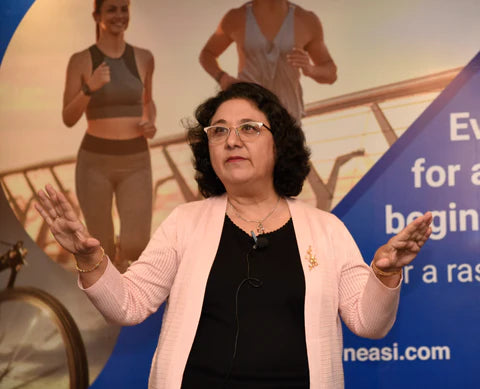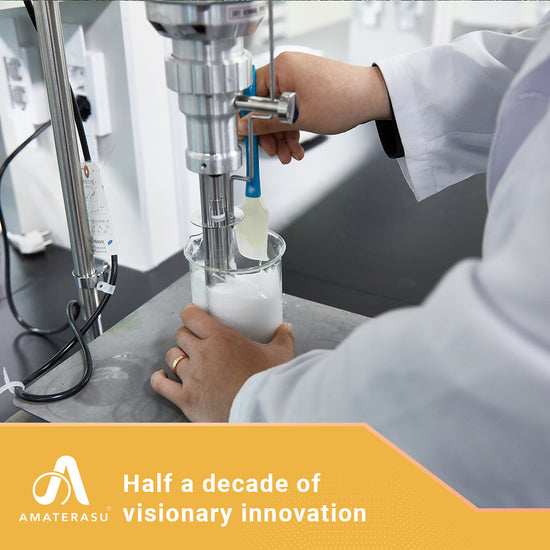RUNDOWN ON RUNNING BLISTERS
Power packed Hill sprints, double digit logging marathons or even a long and slow jog (sometimes through mud and slush) along your favorite trail; your feet bear the brunt when it comes to running. It’s no surprise that most injuries which often haunt runners are the ones related to their feet and one of the most common one to plague runners is RUNNING BLISTERS.

Running Blisters, as the name suggests are those red, painful, raised areas along your feet and heels that resemble fluid filled bubbles that are the inevitable part of running. Dealing with these blisters is an absolute pain during races. Marathon runners in particular are at the receiving end, having to run for very long hours and without having the liberty to slow down during a race, change their style or even to change socks. While most runners find a way to deal with the blisters, some often end up resting it out at home for days or sometimes even weeks if there is an infection. Such infections can in turn lead to complications namely cellulitis and sepsis, if not managed in an appropriate and timely manner.
Blisters are the most common foot injury in sport and it still remains poorly understood by many. The high incidence from this seemingly benign injury continues to grow at an alarming rate and is proving to be higher than any other condition affecting the human foot. The three major contributors to running blisters on skin include heat, moisture and friction.
Listed below are few pointers on prevention and treatment of running blisters –
READY FOR REMEDY?
SORE NO MORE

- Tight fitting shoes can increase your chances of getting a blister because they impart more pressure and friction on your feet. Even shoes that didn’t feel tight when you were lacing up can start to feel tight while you’re running because your feet tend to swell up as you run. The ideal shoe should have half an inch of gap between your toe and the tip of the shoe and should be adequately padded along pressure points. Buying a second pair of shoes and switching over every few days will ensure that your feet aren’t getting rubbed at the same area every time.
- There are many athletes who during running races are in the habit of pouring a cup or bottle of water over their head when they pass through an aid station. This water eventually runs down their body and to the legs, into the shoes which in turn increases frictional forces of the sock against the foot. A simple piece of advice would be to avoid getting your shoes wet during training and racing.
- Cotton socks may feel comfortable to wear, but they are the perfect breeding ground for blisters on your feet. Wearing moisture-wicking socks that are thick, keeps your feet cool and dry by absorbing moisture. They help in reducing friction on feet by transferring friction to the area between the layers of socks. Wearing two pairs of socks while running reduces the friction between socks and shoes. Materials like merino wool, polyester, nylon, spandex, and teflon are better choices for socks.

- Sweaty or dirty socks should be immediately put for wash. Avoid wearing soiled socks again to curb the spread of infection.
- Some athletes, who do not use lubricants or powder, swear by taping their feet with duct tape or bandages. The latter has more chances of slipping off during activities though.
- Cut a small piece of Moleskin roll (locally available at any drug store), cut a hole the size of the blister, and apply the moleskin with the blister aligning to the center of the hole. This allows for the pressure and friction to be transferred to the moleskin instead of the blister.
- If you have calluses on your feet, don’t try to remove it. They act as a natural cushion by padding areas that are prone to high pressure or friction. Removing these could result in blister formation.
- Wash your feet thoroughly with soap or alcohol wipes, rinse with water and towel dry them post your running session.

Most running blisters, if attended to properly, tend to heal on their own within a week or two and do not pose a serious health risk. Precautions taken before or after a blister pops up goes a long way in curbing the spread of infection.





